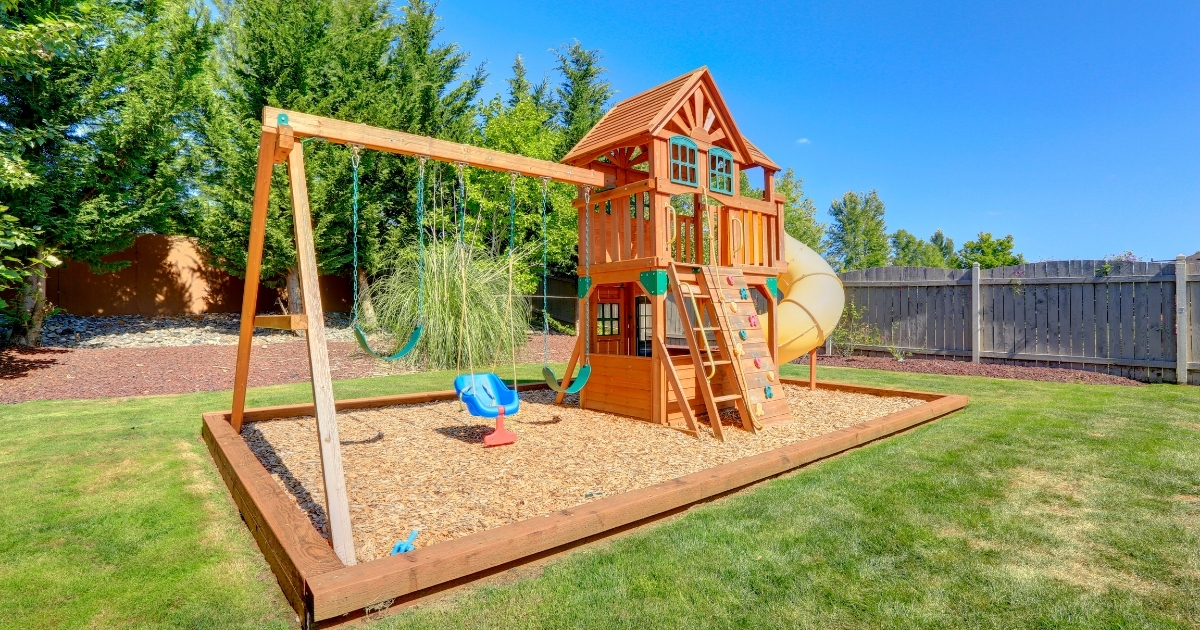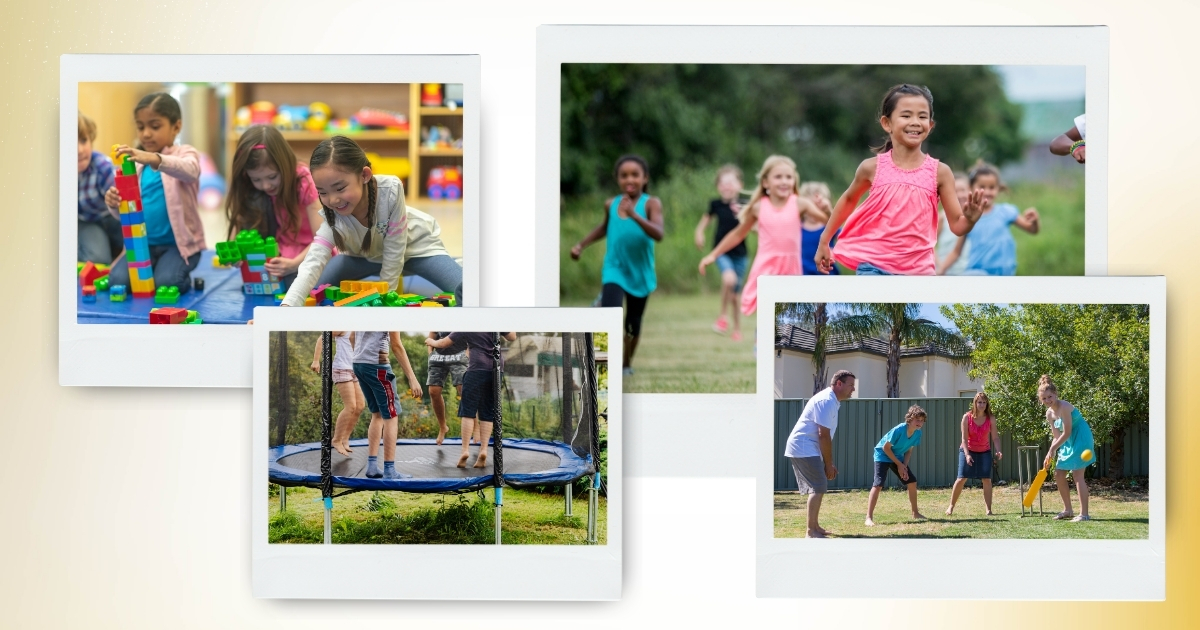Homeschooling often brings unique challenges and opportunities. One of the biggest advantages is the ability to integrate play into learning. Play-based learning in homeschooling allows children to engage deeply, explore their interests, and experience joy while building essential skills.
Offering both intentional play and free play during the homeschooling day can transform education for kids of all ages and abilities.
The Benefits Of Play For Homeschool Education
Play isn’t just about having fun; it’s a critical part of a child’s development. When integrated into homeschooling, it supports emotional, physical, and cognitive growth. Here’s why play is essential for homeschoolers:
- Boosts Cognitive Development
During play, children encounter challenges, solve problems, and test new ideas. Whether building with blocks or acting out a story, these activities promote creativity, critical thinking, and decision-making. - Encourages Social Skills
Playing with siblings or peers helps children learn to communicate, share, negotiate, and cooperate. These skills are vital for relationships and future success in group settings. - Supports Emotional Well-Being
Through imaginative play, children express emotions, practice self-regulation, and work through fears or anxieties. Play provides a safe space for them to explore their feelings and develop confidence. - Enhances Physical Health
Active play improves motor skills, builds strength, and boosts cardiovascular health. Learning through movement, like games or outdoor scavenger hunts, also helps kids expend energy and stay focused during quieter study times. - Strengthens Parent-Child Relationships
Shared playtime creates joyful moments of connection. When homeschooling parents participate in play, they build trust and foster a positive learning environment. - Fosters Long-Term Learning
Children are more likely to retain information when they actively engage with it. For example, playing a game about world geography is more memorable than passively reading a textbook.

How Play-Based Learning Works in Homeschooling
Play-based learning integrates playful activities with educational objectives. This approach doesn’t set play and learning as opposites; instead, it weaves them together to create meaningful learning experiences. Here are some examples:
- Imaginative Role-Playing
A lesson on history can come alive when children dress as historical figures and reenact key events. - Building Challenges
Use building blocks or household materials to solve math or engineering problems, like constructing a bridge or designing a small-scale house. - Story-Play
After reading a book, kids can act out the story or create alternative endings, building language skills and comprehension. - Games for Learning Basics
Use board games or online games to teach math, spelling, or geography. Bingo, card games, and trivia quizzes can combine competition with learning.
Ways to Incorporate Play in Homeschooling
Bringing more play into your homeschool doesn’t require an overhaul of your current routines. Here are practical and easy-to-apply strategies to make play-based learning an integral part of your day:
- Start with Free Play
Allow time for unstructured play each day. This could mean playing outside, painting, building with blocks, or engaging in imaginative games. Giving your children this space fosters creativity and lets them lead their own learning. - Theme Your Lessons Around Play
Organize play around subjects or themes. For instance, a study unit on space can include creating model rockets, building constellations out of string and pins, or role-playing as astronauts on a mission. - Set Up Learning Stations
Dedicate corners of your homeschool area to different kinds of play. For example, one corner might host sensory play materials like sand or dough, while another focuses on puzzles and strategic games. - Rotate Educational Toys and Resources
To keep play engaging, periodically switch out the toys and materials you use. This keeps resources fresh and prevents boredom. - Integrate Nature Play
Outdoor play is excellent for both physical and cognitive development. Turn a science lesson into a nature walk, exploring plants, insects, or weather. Build outdoor forts, or host water balloon math games in the yard. - Create Collaborative Play Activities
Encourage teamwork by planning group tasks, like building a giant LEGO structure as a family or organizing a scavenger hunt. - Use Story-Based Play for Writing
Have children create their own storylines or plays and perform them. This combines creative writing with public speaking and teamwork. - Turn Chores into Fun Activities
Household tasks can also become play-based learning activities. Turn cooking into a math lesson by measuring ingredients or washing dishes into a race against a timer.
Creating A Good Balance Between Structured And Free Play
Striking the right balance between guided play and free play ensures your children benefit fully. Structured play activities are led by parents or educators with specific learning goals in mind, while free play is directed by children themselves.
Structured play, like a math-based board game, helps kids focus on learning objectives. At the same time, free play allows children to explore their interests, practice independence, and recharge emotionally. Both forms of play are valuable, and alternating between them can keep your homeschool day dynamic and engaging.
For example, you might start your morning with a structured language game, such as a word hunt, and then offer space for your kids to play creatively with their toys or dress-up clothes. Sprinkle structured activities throughout the day but always leave room for unscheduled, open-ended play.
Common Obstacles to Play-Based Homeschooling
Homeschooling parents sometimes feel pressure to focus on formal academics at the expense of play. However, integrating play doesn’t have to detract from your core curriculum. Addressing these common concerns can help homeschool parents feel more confident making time for play:
- Time Management
It may seem like there’s not enough time in the day to balance academics and play. The key is to combine them. Turn spelling drills into scrabble games or add math problems to a game of hopscotch. - Feeling Unequipped
Some parents worry they don’t have enough tools or experience to create meaningful play opportunities. Get started with simple activities like hide-and-seek with flashcards or storytelling with puppets. - Mess and Chaos
Play can sometimes get messy, especially with younger kids. Set up easy-to-clean areas for messy play or keep an arsenal of quick clean-up supplies to make the aftermath manageable. - Older Kids Refusing to Play
Teenagers may resist playful activities, viewing them as “kid stuff.” Appeal to their interests by incorporating themes like strategy games, design challenges, or collaborative debates into their play.
The Role Of Parents In Play-Based Learning
For play-based learning to succeed, parents play a crucial guiding role. While kids lead during free play, structured play relies on parents to set the stage, provide materials, and offer encouragement. By observing your child’s play, you can also gain insight into their interests and learning styles, helping you shape future activities.
Parents also model behaviors like creative problem-solving, teamwork, or critical thinking during shared play. For example, in a family board game, pausing the game to strategize or talk through decision-making can show children how to think critically. Lastly, participating in play yourself demonstrates that you value it, encouraging kids to see it as an essential part of their homeschooling.
Useful Tools and Resources for Play-Based Homeschooling
Simplify your planning and maximize play opportunities with these tools and resources:
- Online Edutainment Platforms
Websites offering interactive educational games, quizzes, and activities make structured play easy to integrate. - STEM Kits and Sets
Invest in science, technology, engineering, and math kits to bring hands-on activities into your learning space. - Art Supplies
Keep an assortment of markers, paint, clay, and crafting tools for creative free play. - Printable Game Templates
Find and download templates for bingo, scavenger hunts, or flashcard games. - Parks and Nature Centers
Safe outdoor spaces are perfect for exploration, discovery, and movement-based learning. - DIY Play Ideas
Craft your own play activities with everyday household materials. For example, create an obstacle course with furniture, string, and tape.
Play-based learning in homeschooling is a gift to children and parents alike. It transforms education into an experience that’s not just academic, but joyful, memorable, and family-centered.





